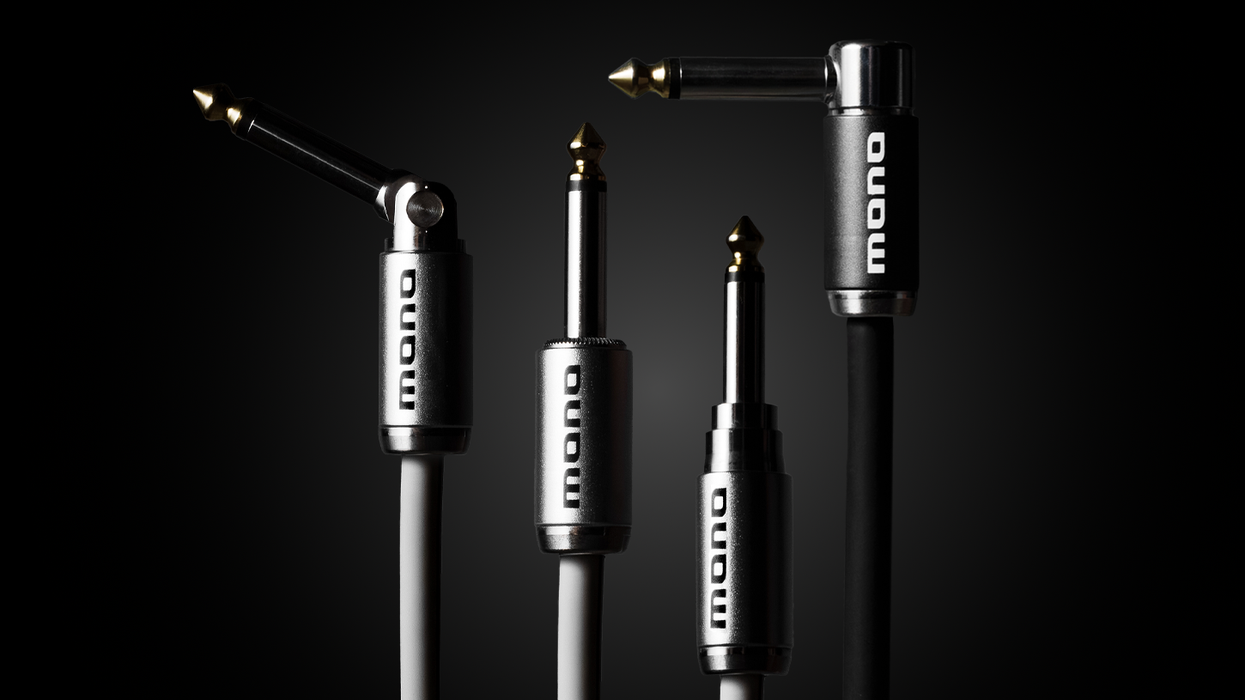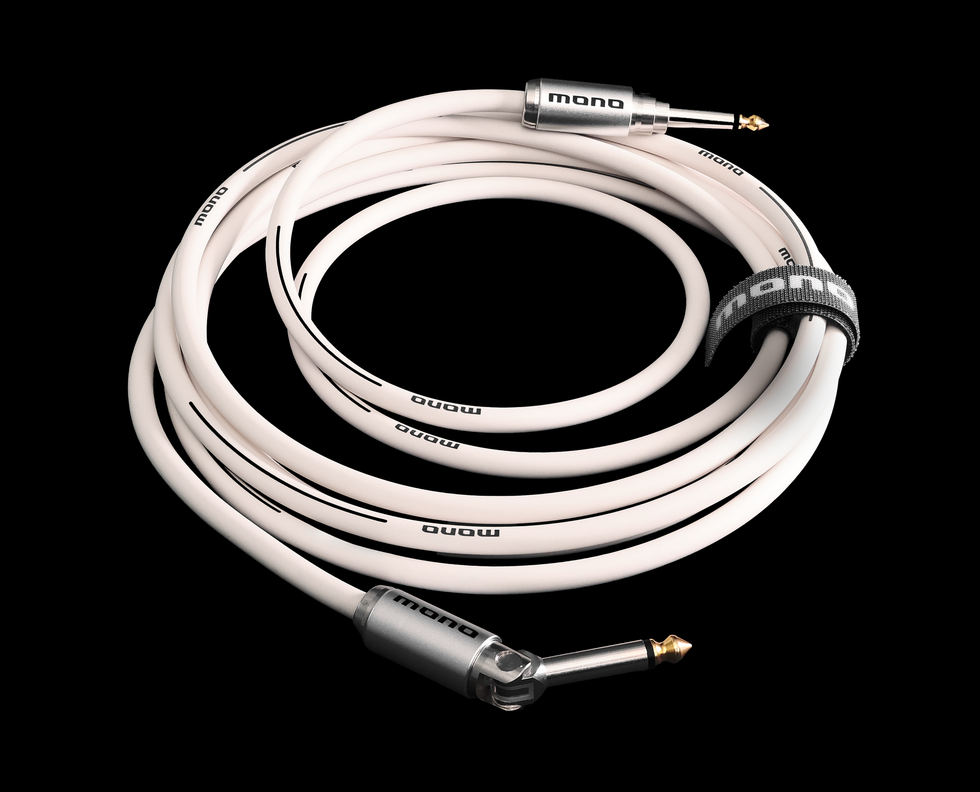 photo by John Covington jcstudiosllc.com |
One thing that can make a remarkable difference in the way you approach the instrument is changing your tuning. This can range from the simple to the extreme, and, with some creative concepts that I’ll explain, you will discover a nearly unlimited amount of ways to sound different than ever before.
First thing''s first: when changing the tuning of a guitar, you are also changing the amount of tension on the neck. For the most part, it is best to avoid tuning strings much higher than their normal pitch. Lowering pitch is easy on the strings, the neck and your fingers. If you do decide to tune higher, try to limit the pitch to a semitone or whole tone (one to two frets) maximum. Also, be warned that changing the tuning of guitars that have tremolo assemblies will definitely be a tedious process, especially for those that are floating, as the balance will be upset as you change the tension of the strings.
Tuning the Third String to F
That said, let’s take a look at why we would do something like this. For starters, maybe you’re in a rut and are finding yourself playing the same patterns over and over again. One simple way to change this up would be to tune the third string down a whole step to F (assuming you are tuned to standard A440). This simple change completely alters the way chords are played if you want them to sound as they would in standard tuning.
That, however, is not the point of this. Try playing an open position A chord, just like the one you learned in that Mel Bay Grade 1 book you had as a kid. It’s now an A7. Try out a type-1 barre chord anywhere, and you’ll note that it ends up being a Sus2 rather than a major chord.
The real fun starts when playing the typical lead patterns that you’ve been playing all your life. At first it’s a little strange, and you’ll need to hunt around a bit to find notes that sound right in a passage. Doesn’t it seem a little familiar, though? Kind of like when you first picked up the guitar and were trying to find notes that sounded good together!
Altered Nashville Tuning
I stumbled on this tuning while setting my guitar up for “Nashville” tuning once. By the way, Nashville tuning takes the sixth, fifth and fourth strings and replaces them with light gauge strings tuned an octave higher than the originals. It’s kind of like having the sound of a 12-string with just six strings.
I had pulled off the sixth and fifth strings and was about to pull the fourth when I realized I didn’t have the right gauges available. So, I just replaced the fifth string with a really light .008 and tuned it as high as I could. It only made it to G before it was clear that it was about to break. Knowing that I wanted it to be an octave high, I brought the remaining four strings down a full step to C, F, A, D. Now the guitar was strung up as a five string (no bottom E -- or D in this case), but it went G, C, F, A, D. The only difference was that the fifth string was the highest sounding note of the bunch.
This opened up some incredibly interesting octave jumps in lead playing that could never have happened before. To be able to jump from the fifth to fourth string and have a backwards interval leap of well over an octave made for a lot of exciting hours of experimentation and playing. Not only that, but the added slackness of the strings allowed for bending of much higher intervals that couldn’t have been achieved in standard tuning. I was able to bend perfect fourths, which is not easily done in standard tuning.
| To be able to jump from the fifth to fourth string and have a backwards interval leap of well over an octave made for a lot of exciting hours of experimentation and playing. |
Because none of these tunings are standard, it will be difficult to leave your guitar setup this way for regular play. That’s okay -- if you like what you’re hearing while experimenting in an altered tuning, record yourself playing. Later you can go back and listen to your inspired playing and learn how to duplicate it in standard tuning. Once again you will find yourself playing in unconventional ways to reproduce what was happening in the altered state of the guitar. This will no doubt either leave you scratching your head or opening your mind and hands to new ways of creating music.
Altered tunings have been around forever. Guitarists like Jimmy Page, Michael Hedges and Kim Thayil from Soundgarden have all used unique tunings that opened up new sounds. You may find that once you begin altering the tuning of your guitar, it’s hard to go back to the traditional way of playing. I know it has forever changed the way I play, write and break the patterns that so easily form.
Steve Ouimette
steve@steveouimette.com
Steve is best known for his recent work on Guitar Hero III, the multi-platinum selling video game that is turning gamers into guitarists by the thousands. A guitarist/composer/producer, he holds a B.A. in Music Performance and Composition and spends his days and nights writing music for games, film and television. He’s also a rabid tone fanatic and amp enthusiast always looking for a unique sound. His original music can be found on iTunes and at myspace.com/steveouimette.














